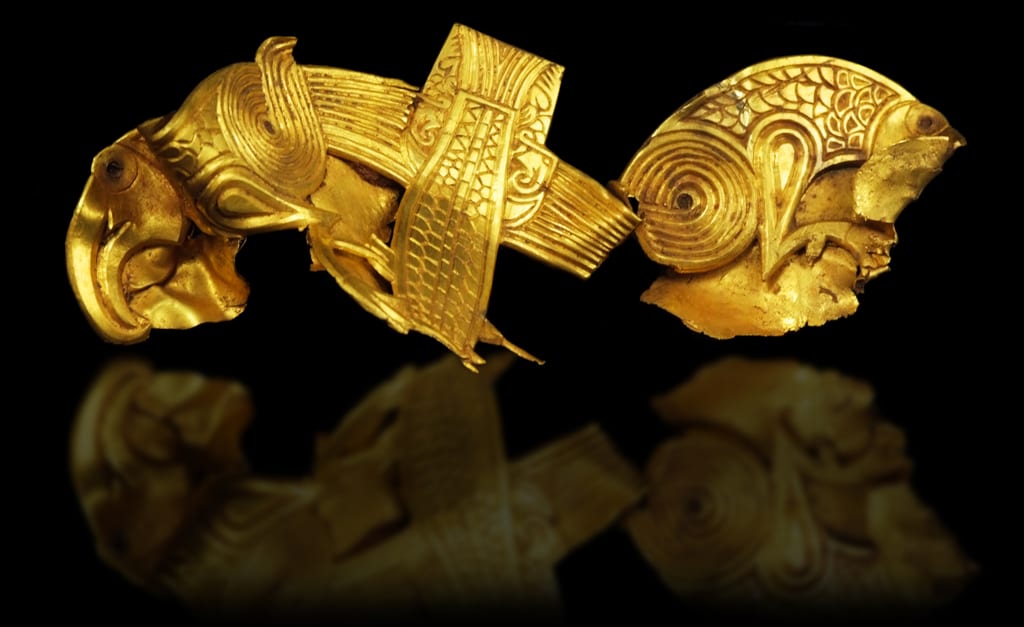How did cinnamon burst into medieval cookbooks? In a new course for spring 2020, HUM 320 / HIS 346 / MED 322 / ENG 233: “Making Medieval Worlds: Methods and Materials,” students will not only study how ingredients from India wound along trade routes into England or Denmark, but also read the original recipes and prepare the dishes themselves.
Sarah M. Anderson, of the Humanities Council and the Department of English, will co-teach with Janet Kay, of the Society of Fellows and the Department of History. Anderson emphasized that learning will involve hands-on activities every other week, if not every week, including cooking, digging up artifacts, and exploring 3D models of archaeologically excavated human remains.
“We’re going to have the students experience a pre-modern world,” Kay said. “We’re trying to understand how people living in the medieval past created the world that they lived in, and that we live in now, and how or whether those two worlds are different.”
As an example, participants will venture into the University Chapel to write without electric lighting, in imitation of monks. The process will help reveal how authors produced the texts studied in “Making Medieval Worlds.” Computers, backspace, and autosave can obscure the workings of parchment and quills, for which a single mistake would have required methods like shaving off errors or continuing anyway, Kay explained.
Kay said that she specializes in material culture, while Anderson excels in literary analysis, so that their combined perspectives will yield interdisciplinary insights into history. For instance, the instructors will consider the real-life characteristics of objects mentioned in texts, such as the swords in Beowulf.
“The literature of course is fictional, but the swords are not. So there is a philosophical problem there: How do you use evidence, realia, in fiction, which is not real?” Anderson asked, posing more questions that the class might address. What type of sword was it? How did people forge the sword? How do we come to understand the sword’s meaning, such as marking the status, language, and ethnicity of its dead bearer in an Anglo-Saxon burial or its fictional bearer in an Old English poem?
Anderson said she and Kay will prompt students to build their own bridges between objects and literature.
“This is an experiment in time travel,” Anderson said. She highlighted how “Making Medieval Worlds” will trace Eastern influences upon many medieval items in the Global Middle Ages. By scrutinizing often overlooked characters, like women or members of lower social classes, the course will illuminate the identities of those figures and of readers. Finally, the course will uncover why we study the past and how we represent the past within the present, she said.
Kay encouraged enrollment from not just humanities majors but even students with no previous medieval background, including STEM concentrators seeking an elective, some of whom might especially enjoy the part about the role and ethics of science in studying medieval history. The big questions addressed by “Making Medieval Worlds” pertain to everyone, she said.













